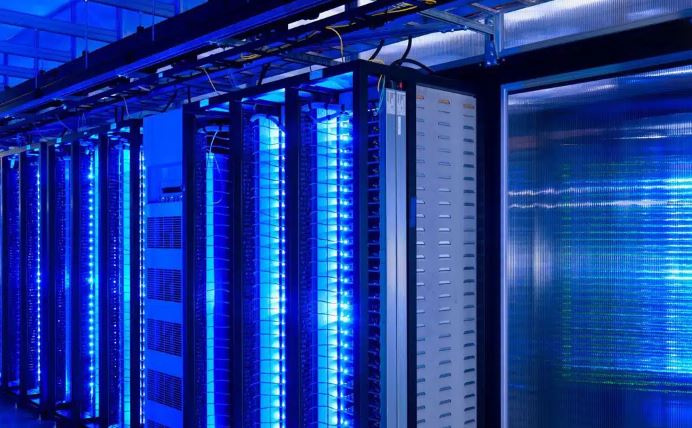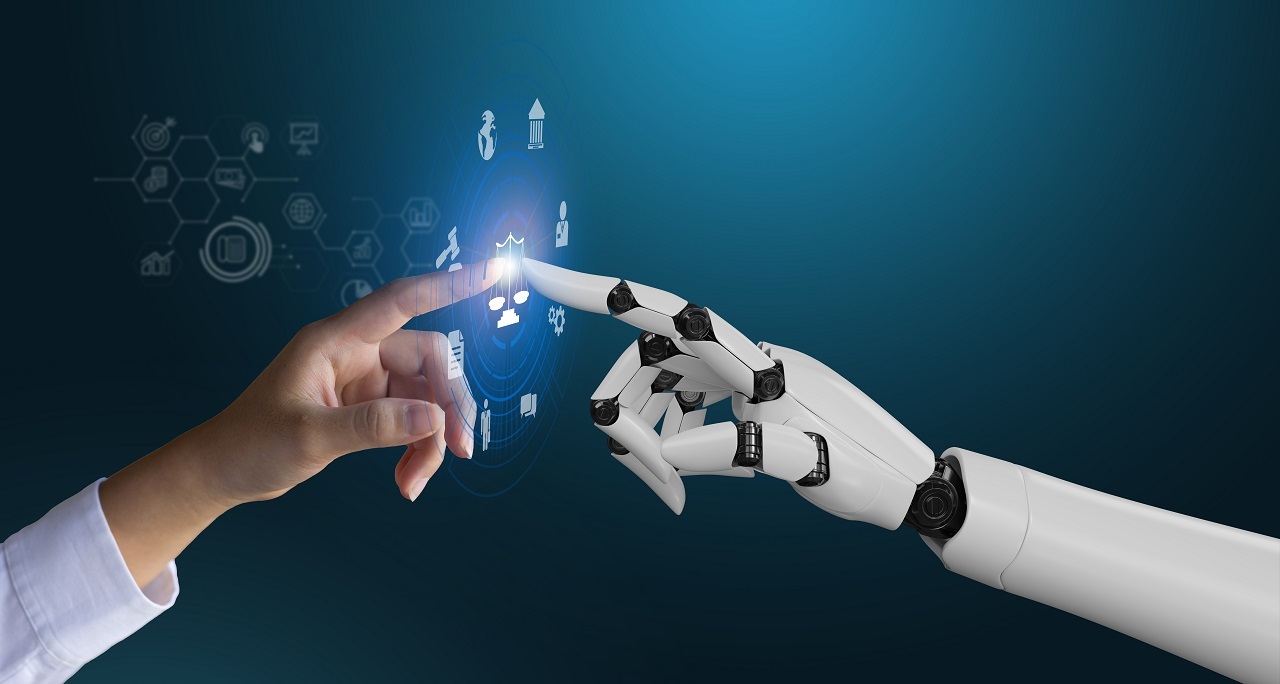Two “digital twins” on climate change adaptation and meteorological and geophysical hazards will be executed at the operational level starting in June of the following year. By 2030, every digital model on the planet—including those related to biodiversity and the oceans—will be combined into a single, comprehensive reproduction.
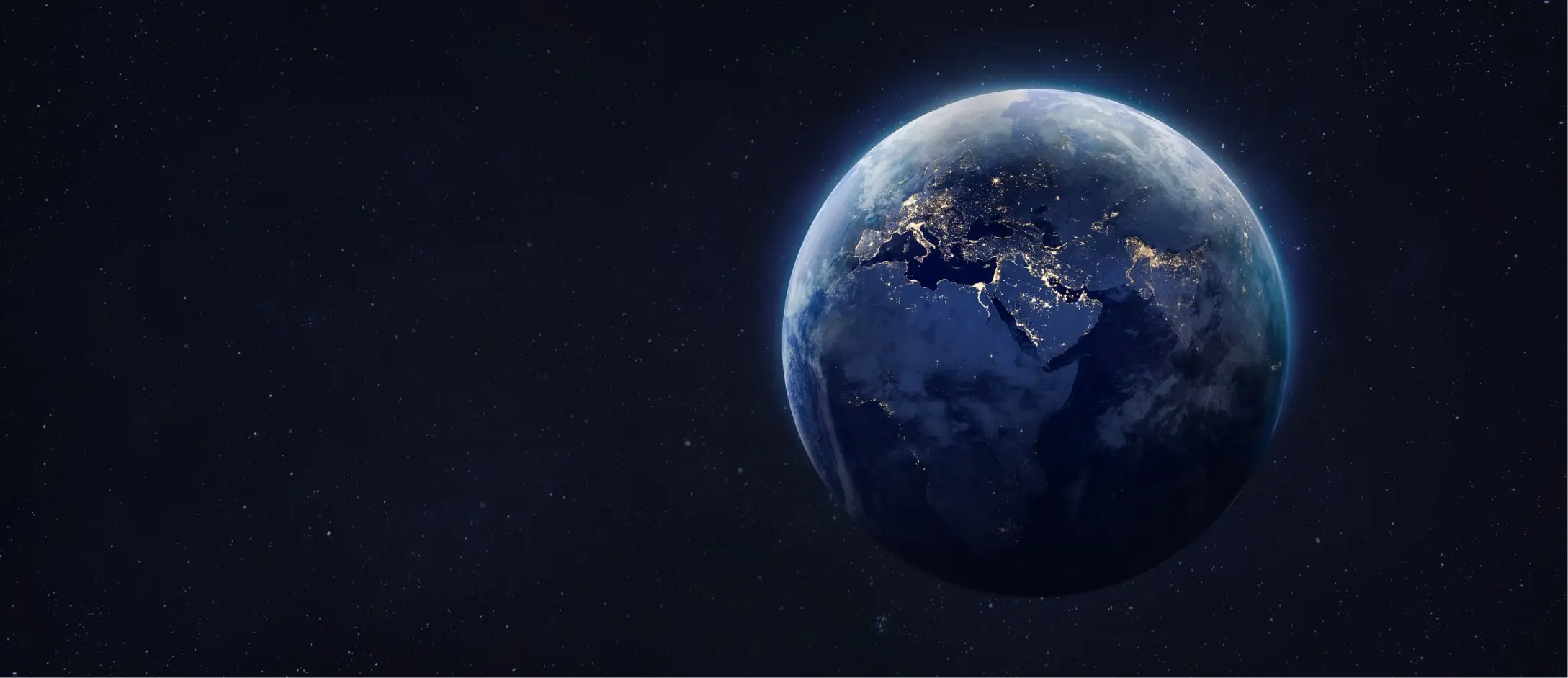
Brussels – Destination Earth, or DestinE, is the name of the project, and the process of launching this “new” planet into orbit will start in 2024. At least in terms of technology. To accomplish the objectives of the green transition and aid in the battle against the effects of climate change, an exact replica of Earth will enable monitoring, simulating, and forecasting the interaction between natural events and human activity.
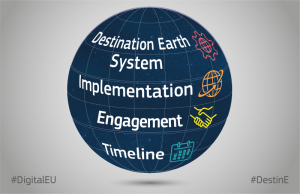 The ultimate goal of the EU flagship project Destination Earth, which was founded in 2022 to carry out a highly realistic model development project globally, is 2030, when the digital twin of Earth will be completely operational and connected with all the data it needs. However, according to the schedule established by the European Commission and authorised by the councils of the three organisations in charge of carrying out the massive Union project, 2024 will be the crucial year to start the Destination Earth operational phase: the European Organisation for the Exploitation of Meteorological Satellites (Eumetsat), the European Space Agency (ESA), and the European Centre for Medium-Range Weather Forecasting (Ecmwf). After completing the first phase of implementation, which involved preparing and deploying all of the major components of the Destination Earth system, and receiving initial funding of €150 million from the Digital Europe programme, the project will begin operations in June 2024.
The ultimate goal of the EU flagship project Destination Earth, which was founded in 2022 to carry out a highly realistic model development project globally, is 2030, when the digital twin of Earth will be completely operational and connected with all the data it needs. However, according to the schedule established by the European Commission and authorised by the councils of the three organisations in charge of carrying out the massive Union project, 2024 will be the crucial year to start the Destination Earth operational phase: the European Organisation for the Exploitation of Meteorological Satellites (Eumetsat), the European Space Agency (ESA), and the European Centre for Medium-Range Weather Forecasting (Ecmwf). After completing the first phase of implementation, which involved preparing and deploying all of the major components of the Destination Earth system, and receiving initial funding of €150 million from the Digital Europe programme, the project will begin operations in June 2024.
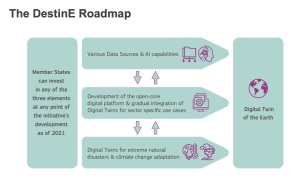
The foundation is the platform managed by the ESA, which will offer services, apps, and tools for making decisions based on an open, adaptable, and safe cloud infrastructure. This central plan will house both Eumetsat’s “Data Lake,” which serves as a storage and seamless access area to pre-existing scientific datasets, including those from Copernicus, the Internet of Things, socioeconomic statistics, and users, and the “Digital Twin Engine,” which is the software infrastructure required to power the digital replication of Earth. The two “digital twins” created by Ecmwf will execute at the operational level in this manner. The two digital Earth twins on meteorological and geophysical hazards—which will concentrate on floods, droughts, heat waves, and geophysical phenomena like earthquakes, volcanic eruptions, and tsunamis—and climate change adaptation—which will provide observational and simulation capabilities to support mitigation activities and scenarios, from sustainable agriculture to energy security and biodiversity protection—are based on the seamless fusion of real-time observations and high-resolution predictive models.
According to the project description provided by the EU Commission, Destination Earth will “unlock potential at a level that represents a breakthrough in terms of accuracy, local detail, speed of access to information, and interactivity.” “The EU executive emphasises that this European endeavour to build a digital twin of the Earth will strengthen the implementation of the green and digital transition, and will significantly improve Europe’s ability to respond and adapt to extreme weather and climate change.” The next three years will see the development of more digital twins, including those on biodiversity and the oceans, with the ultimate goal of combining them into a single digital twin of the planet Earth by 2030.









